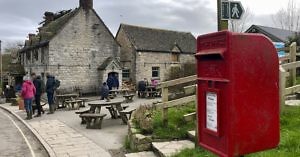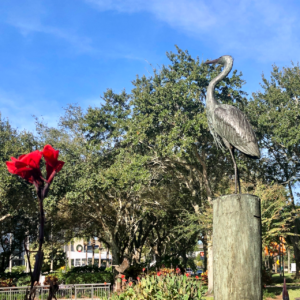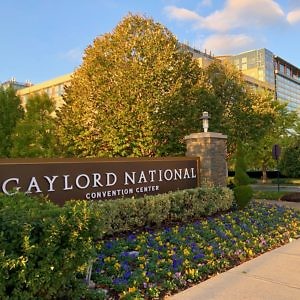Future of NK Cell Therapy – Part 2
 In the style of the film Jerry Maguire where Jerry sets out his manifesto for the “Future of Our Business,” we’re taking an extended look at the Future of Natural Killer (NK) cell therapy through the eyes of one of the leading global translational scientists in the NK field, Dr Todd Fehniger, who is at Washington University in St Louis.
In the style of the film Jerry Maguire where Jerry sets out his manifesto for the “Future of Our Business,” we’re taking an extended look at the Future of Natural Killer (NK) cell therapy through the eyes of one of the leading global translational scientists in the NK field, Dr Todd Fehniger, who is at Washington University in St Louis.
In the second part of the ASH20 interview Dr Fehniger kindly gave BSB around key trials and concepts, we’re offering in a more focused look at engineered NK cells and, in particular, CAR-NK cells, as well as several other key areas to watch out for in this emerging niche…
To learn more from our oncology analysis and get a heads up on the latest insights and analysis pertaining to NK cell developments, subscribers can log-in or you can click to gain access to BSB Premium Content.
This content is restricted to subscribers


 With over 60,000 registered attendees, the meeting is a success and has set the standard for others to follow this year. While we all miss the opportunity to meet and network in-person, a virtual meeting does democratize access to science for scientists and researchers who can’t afford to travel or attend every year and we hope that live-streaming will continue in 2021 and beyond.
With over 60,000 registered attendees, the meeting is a success and has set the standard for others to follow this year. While we all miss the opportunity to meet and network in-person, a virtual meeting does democratize access to science for scientists and researchers who can’t afford to travel or attend every year and we hope that live-streaming will continue in 2021 and beyond.

 In our latest expert interview, we depart from the usual focus on one of two particular or narrow topics and indulge in a more wide ranging discussion to explore a variety of issues facing the IO field and look at them from the perspective of a researcher who is experienced in working with antibodies in various forms.
In our latest expert interview, we depart from the usual focus on one of two particular or narrow topics and indulge in a more wide ranging discussion to explore a variety of issues facing the IO field and look at them from the perspective of a researcher who is experienced in working with antibodies in various forms.

